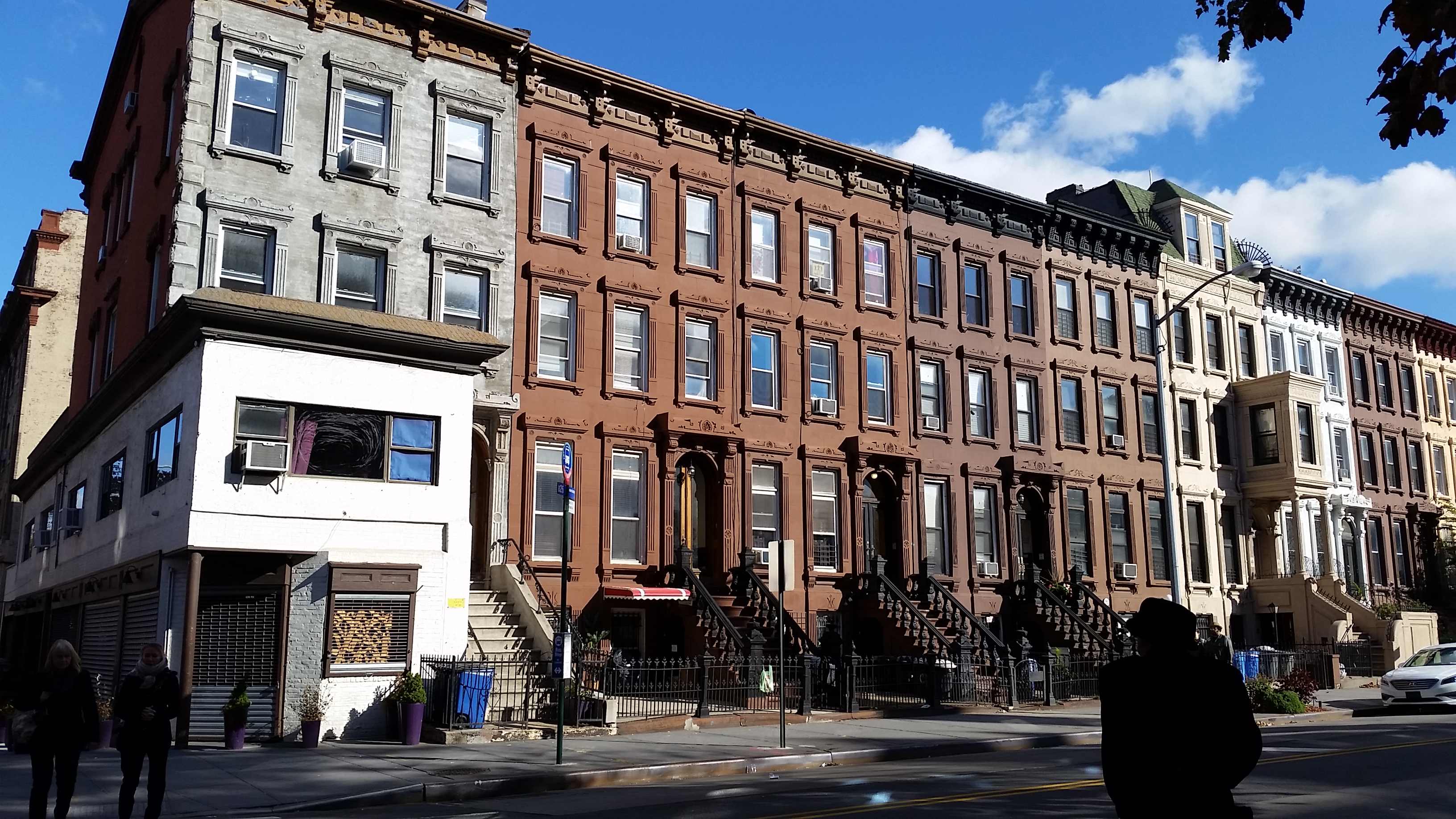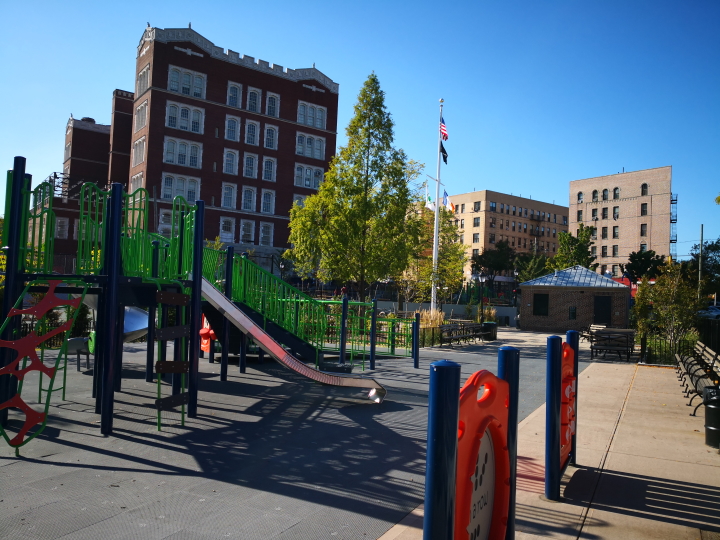
Publicly accessible spaces in New York City are constantly transforming, both in terms of how they are designed and managed, as well as in terms of the nature of activities and experiences that take place within them. One of the key emergent factors in publicly accessible spaces in New York City is the degree to which new and changing technologies are woven into their design and operations. Troy’s dissertation work focuses on interrogating the experiential aspects of such spaces, and is organized around the following questions: first, (a) how do members of different constituencies interact with emerging smart cities technologies in the context of public spaces (i.e., do they interact directly, and if so, how?)?; and second, (b) how do users conceptualize and navigate notions of publicness with regard to their activities?
The summer of 2019 marked the initiation of this dissertation project, and as such, the primary activities Troy engaged in related to conducting preliminary fieldwork in New York City. Field research methods for this project are drawn from multiple sources, but primarily from the Toolkit for the Ethnographic Study of Space (Low, Simpson, & Scheld, 2018), which is an in-depth yet efficient method for studying the everyday life of a particular public space via the application of ethnographic methods. The TESS is particularly well suited for the research questions associated with this project because it helps researchers establish a contextual background (e.g., via documenting history through multiple forms of data collection) but emphasizes the evaluation of lived experiences and processes of meaning-making among users of public spaces via multiple forms of observation and interviews.
This dissertation project is capturing transformations in New York City public spaces as they occur, and is oriented toward comparing the perspectives and experiences of different constituencies that interact with such spaces. As such, this study provides a valuable perspective from which to understand nuanced aspects of contemporary conditions, as well as situate these findings in the broader historical context of transforming public spaces in New York City.




